Benefit of Bats to Agriculture
Thursday, March 16th, 2017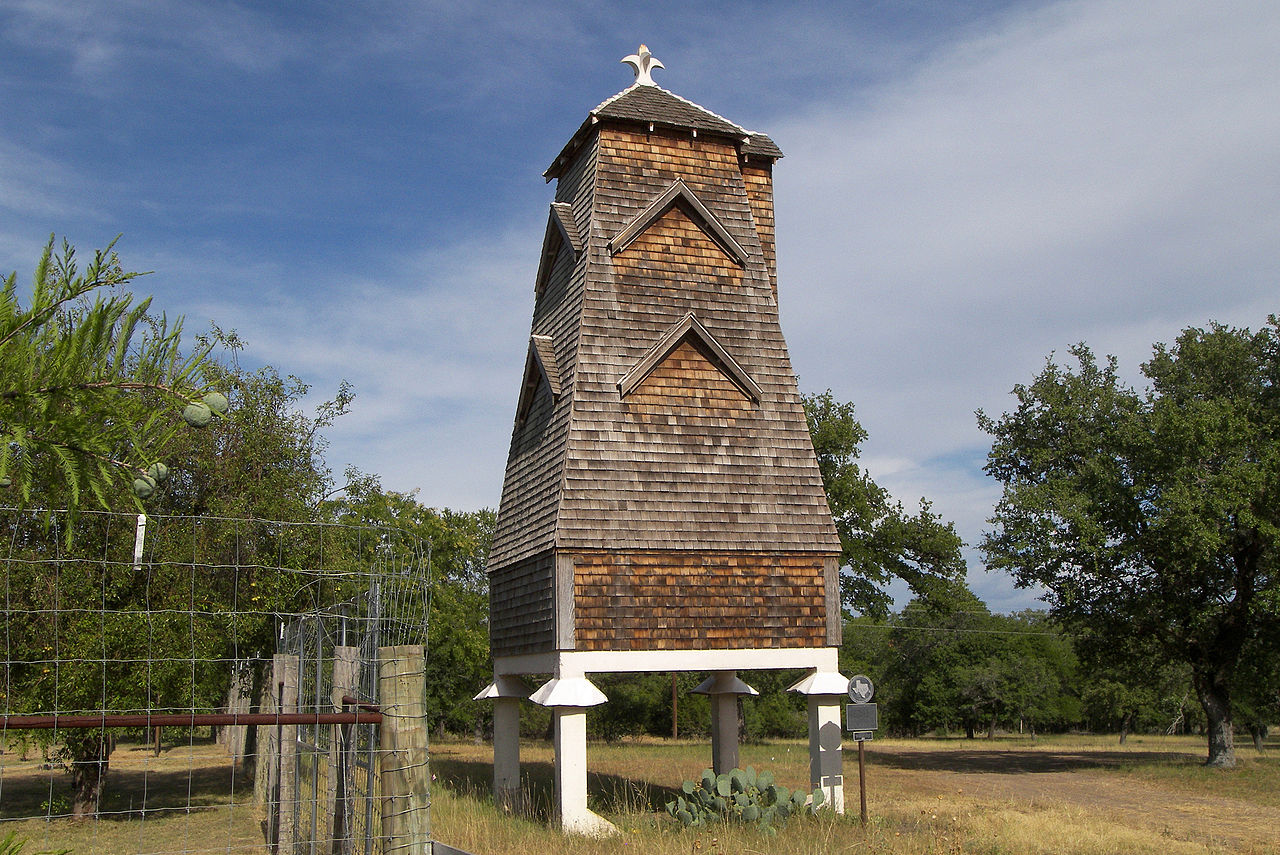
A Hygieostatic Bat Roost located off Farm to Market Road 473 east of Comfort, Texas, United States was built in 1918. The roost was designated a Recorded Texas Historic Landmark in 1981 and listed on the National Register of Historic Places on March 28, 1983.
This is Passport to Texas
Farmers know how costly it can be to spray crops with insecticides to prevent pest damage. What some may not know is…bats can be partners in pest eradication.
The Mexican free tail bat, in particular, is really valuable for agricultural purposes.
Meg Goodman is a former Parks and Wildlife’s bat biologist.
Current research has shows that these bats can save farmers up to two sprays of pesticides per year because of all the insect pests that they’re eating, like the corn earworm moth and the cotton boll worm moth, among other crop pest species.
In the early 20th century, San Antonio physician Charles A. Campbell designed and tested artificial roosts to attract bats to eat mosquitoes blamed for the spread of malaria. Eventually Campbell developed a bat tower, which he installed at Mitchell Lake, south of the city, which attracted hundreds of thousands of the flying mammals. The spectacle of the bats’ nightly emergence drew spectators in the 1920s…as it does today, wherever bats roost.
Their numbers and nightly emergences bring in a lot of tourist dollars to a lot of smaller communities—and big communities like Austin… It’s one of our top tourist destinations. But they do provide a lot of tourist dollars through nature tourism through a lot of our smaller communities throughout the state.
Learn how to attract bats at passporttotexas.org. That’s our show…we receive support from the Wildlife Restoration program.
For Texas Parks and Wildlife…I’m Cecilia Nasti.

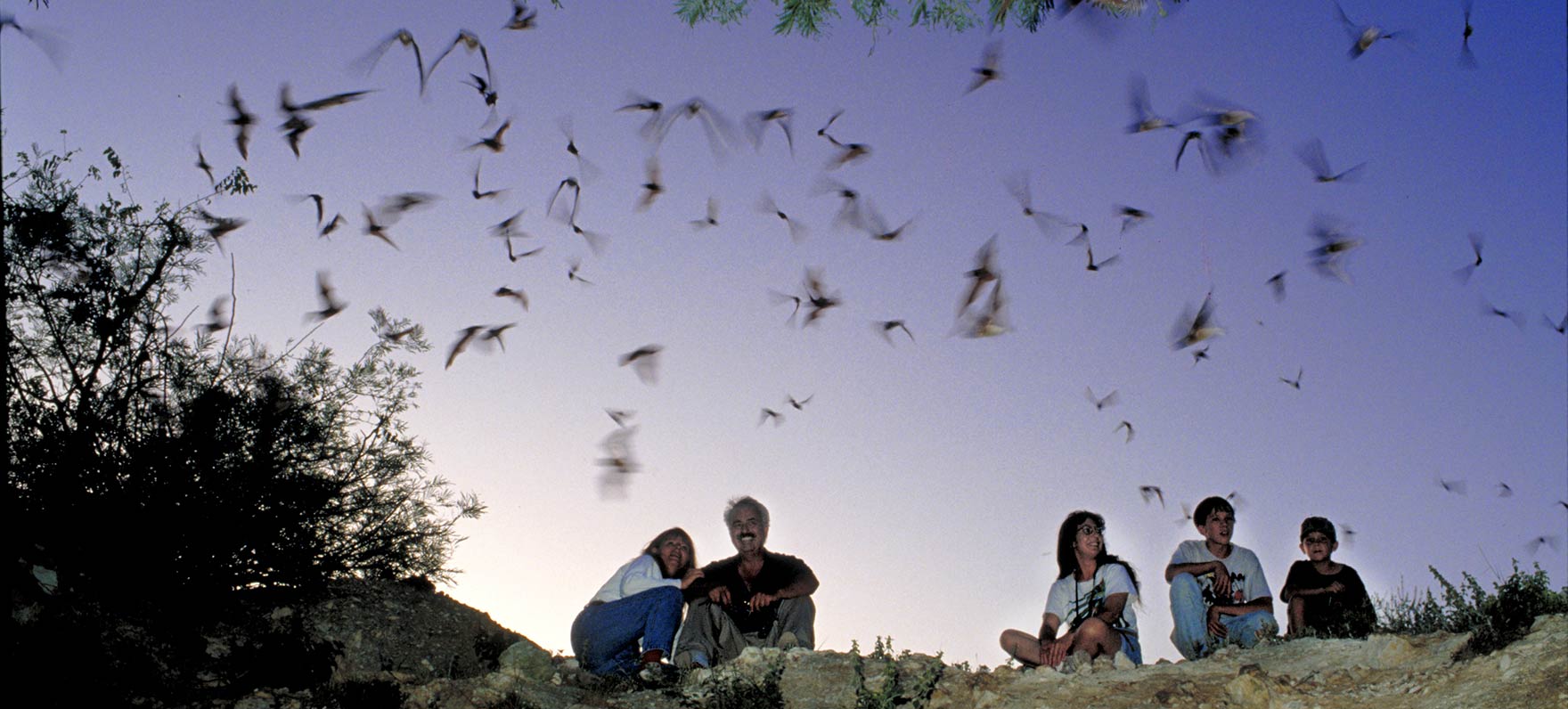
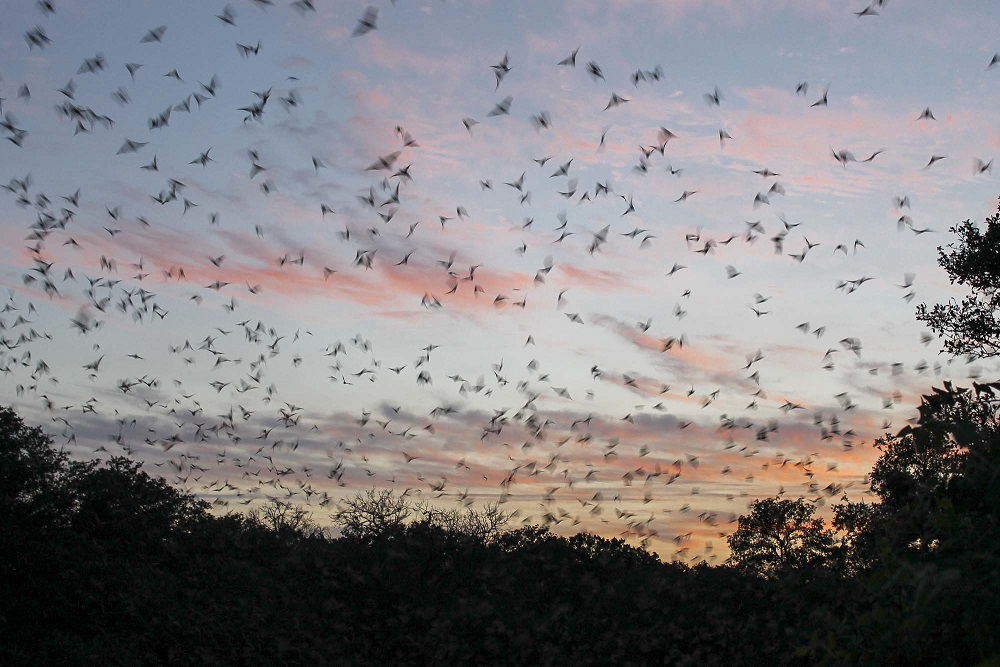
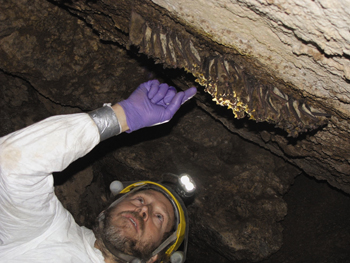
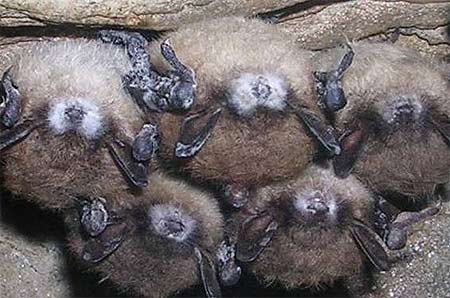

 Passport to Texas is a
Passport to Texas is a  Passport to Texas is made available by:
Passport to Texas is made available by: